Vikings Storm the Streets at Up Helly Aa, Europe’s Biggest Fire Festival (Photos)
Hundreds of local residents took to the streets, brandishing thousands of flaming torches, in an homage to Shetland’s Viking heritage
Winter in the Shetland Islands—an archipelago off Scotland's northeastern coast between the North and Norwegian seas—can be a bleak, dark time: 75 percent of the islands' annual rainfall comes down in the winter months and temperatures hang in the low 40s, turning the green-washed islands into a damp, chilly place. On the last Tuesday in January, however, towns throughout Shetland are completely transformed, burning bright with torches as hundreds of residents take to the streets to celebrate Up Helly Aa, the self-proclaimed largest fire festival in Europe.
Partly a tribute to the islanders' Viking heritage, Up Helly Aa was first celebrated in the 1880s. Before then, a different kind of celebration took place: rowdy residents would take to the streets to mark the end of the Yule season by burning tar barrels—festivities that often coincided with sailors finally coming home after long stretches at sea. The practice of burning tar barrels—and more generally, the entire idea of hosting a rowdy, street-centered party around the Yule season—was embraced most openly by Shetland's lower-class residents, whose conflagrations in the islands’ narrow streets sometimes led to violent conflicts. More affluent residents took issue with the practice, and explicitly banned the burning of tar barrels in the 1870s.
Looking to create another, more universally acceptable, celebration, a group of men in the Shetland Islands’ capital city of Lerwick decided to relaunch the festival, featuring a procession of burning torches instead of burning tar barrels. They also introduced the idea of incorporating Viking imagery, as a nod to local history (Vikings controlled the Shetland Islands for more than 500 years, until the Scots took over in 1468). The first men clad in Viking garb marched, torches in hand, in 1877 (women have never participated in the main Up Helly Aa procession). By the late 1880s, the procession included the burning of a Viking long ship, and in the early 1900s, the festival added a principle Viking, known as the Guizer Jarl, to lead the procession in a Viking suit of armor, which has been passed down from Jarl to Jarl throughout the years. After World War I, the Guizer Jarl got a band of Viking brethren—known as the Guizer Jarl's Squad—to accompany him in the parade. To keep the fire-fueled activities in check, the Jarl Squad votes for a committee of 17 volunteers, who convene in secret and draft a bill of rules that will govern the year's activities. At 6 a.m. on the day of Up Helly Aa, the bill is publicly read aloud and displayed in the center of the town (usually, the "rules" are light and include a few jokes from the committee).
Cities all across Shetland—the archipelago is comprised of 200 small islands, though less than 20 of them are inhabited—host festivals for Up Helly Aa, but the largest and most organized still takes place in Lerwick, where thousands of residents and visitors watch the fiery parade. Though the festival attracts visitors from all over, the procession itself is an extremely local event—participants must have been a resident of Shetland for five years before they can be part of the procession. The festival, which always takes place on the last Tuesday in January, lasts for an entire day—from the 6 a.m. bill reading to the nighttime torch-lit march that culminates in setting a Viking long ship ablaze in the dark winter night.
/https://tf-cmsv2-smithsonianmag-media.s3.amazonaws.com/accounts/headshot/natasha-geiling-240.jpg)
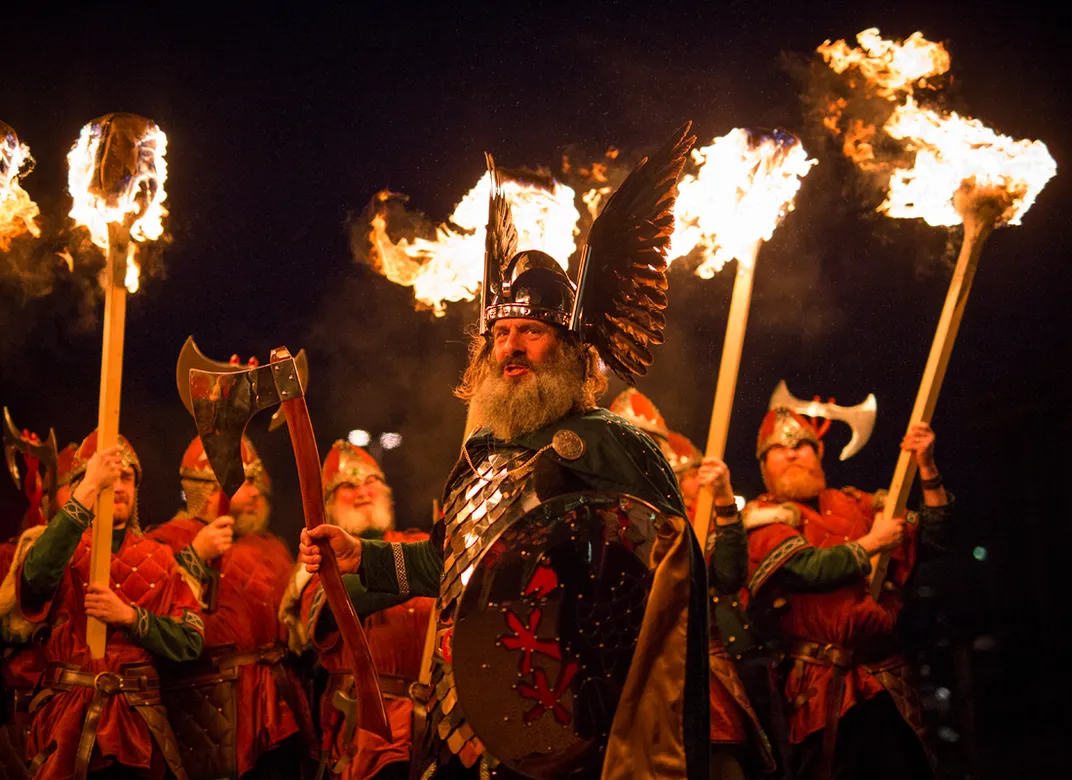
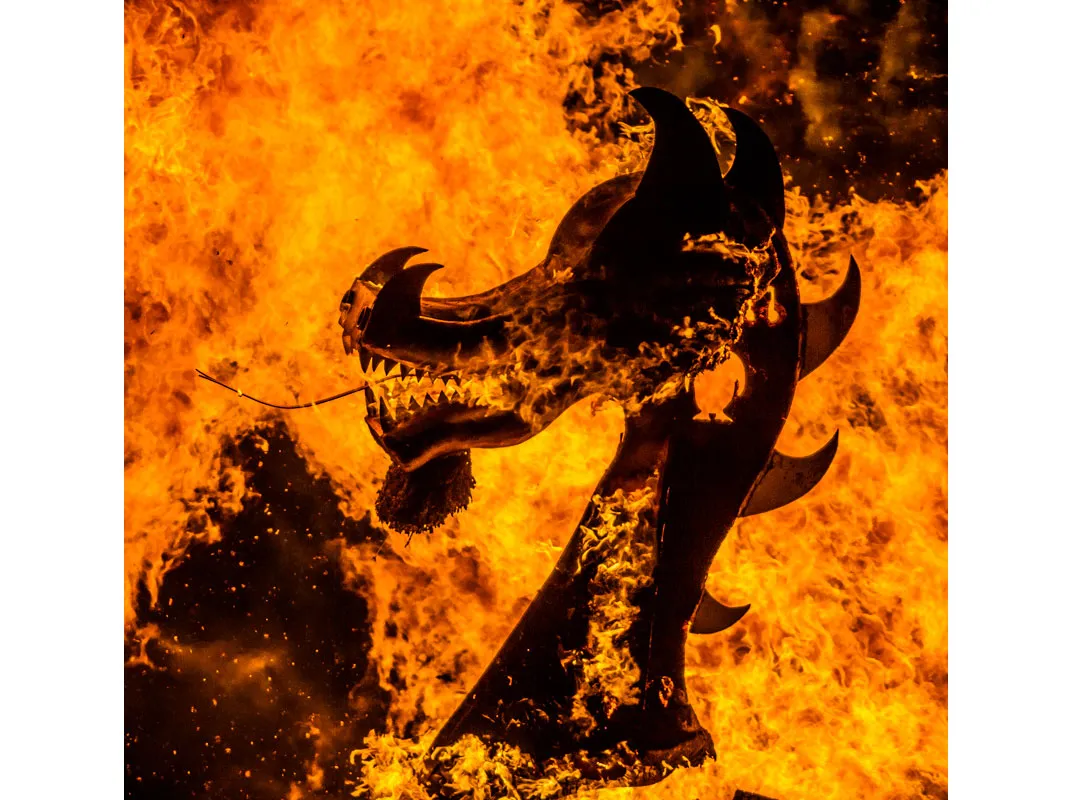
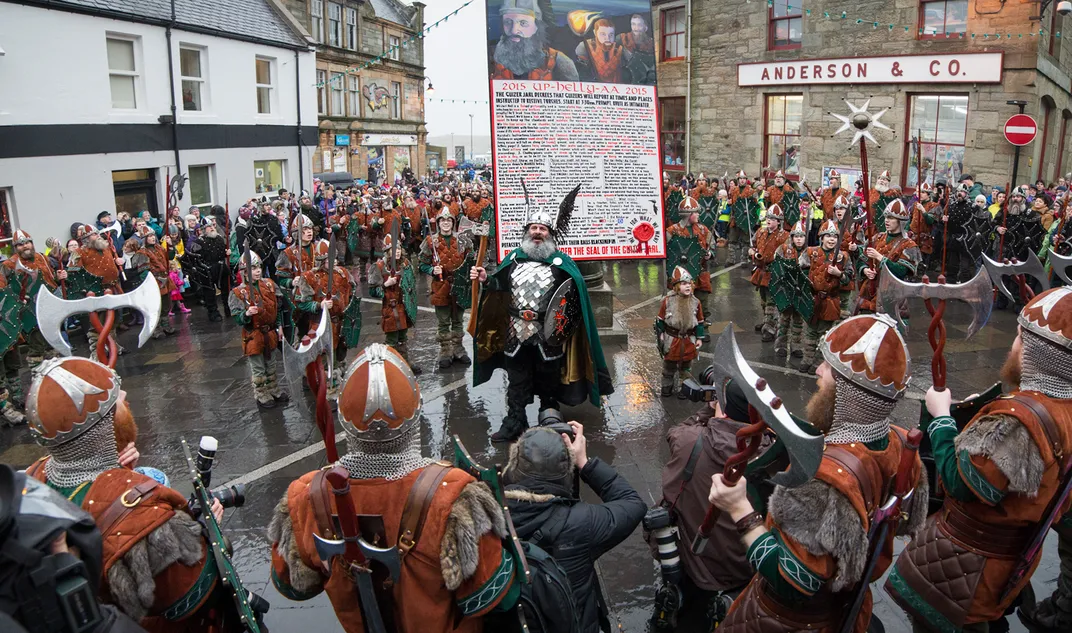
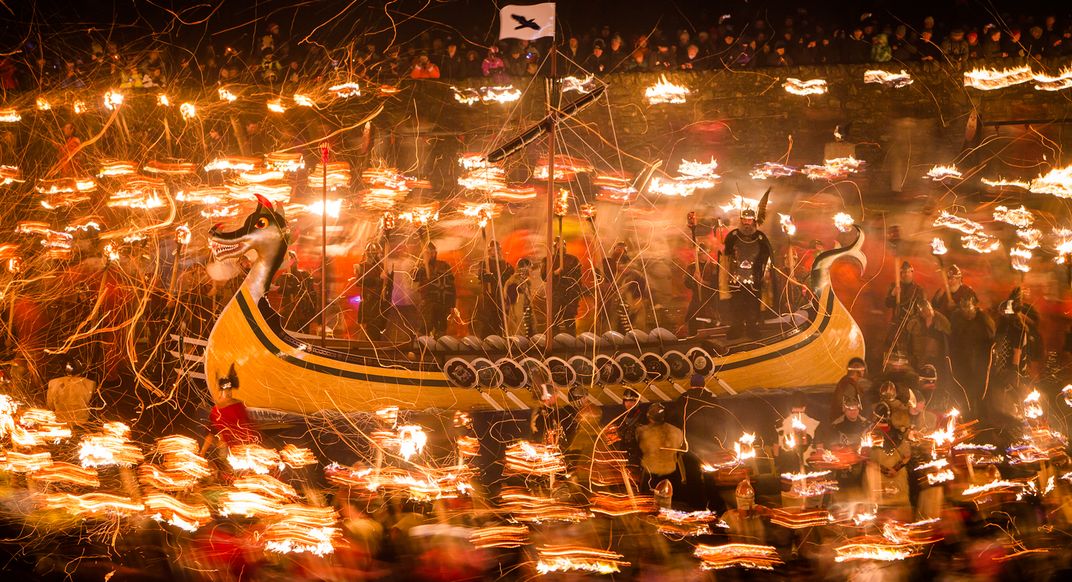
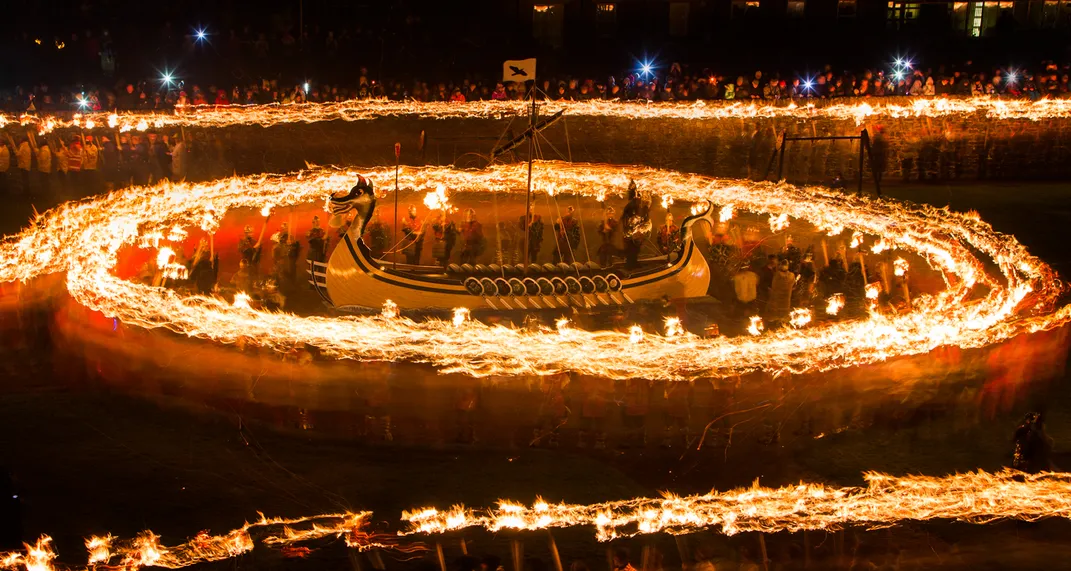
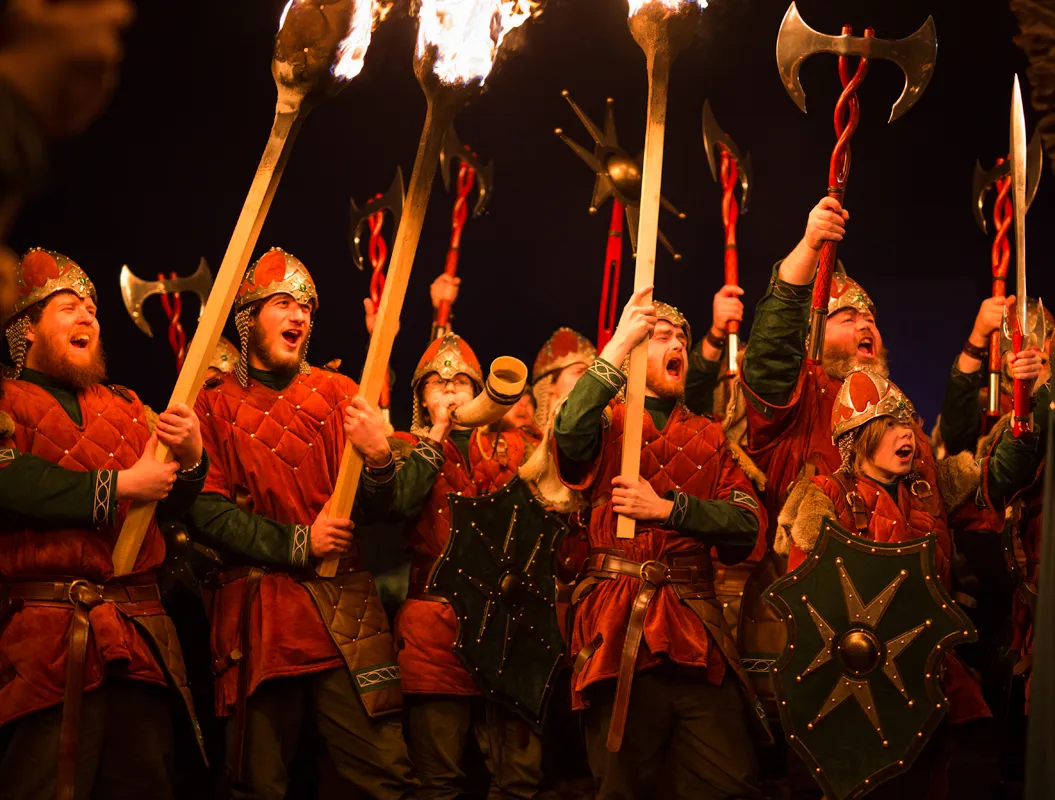
/https://tf-cmsv2-smithsonianmag-media.s3.amazonaws.com/accounts/headshot/natasha-geiling-240.jpg)